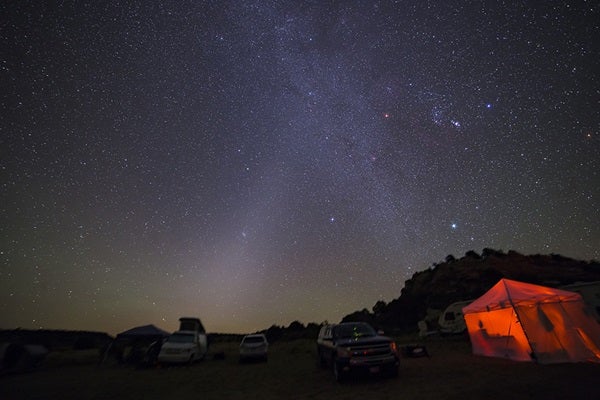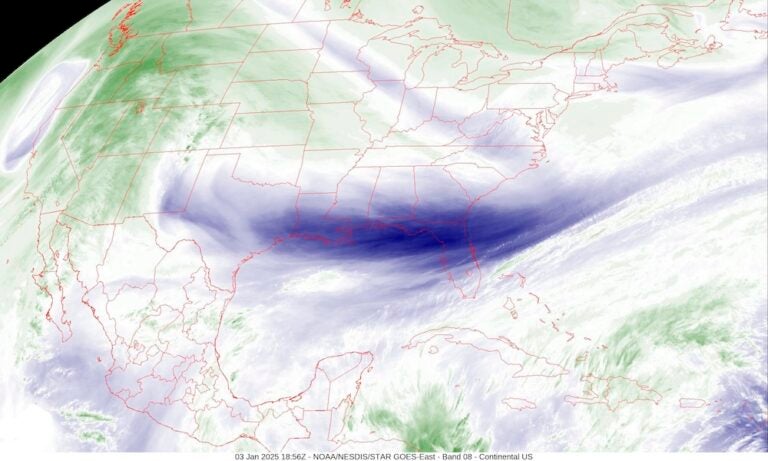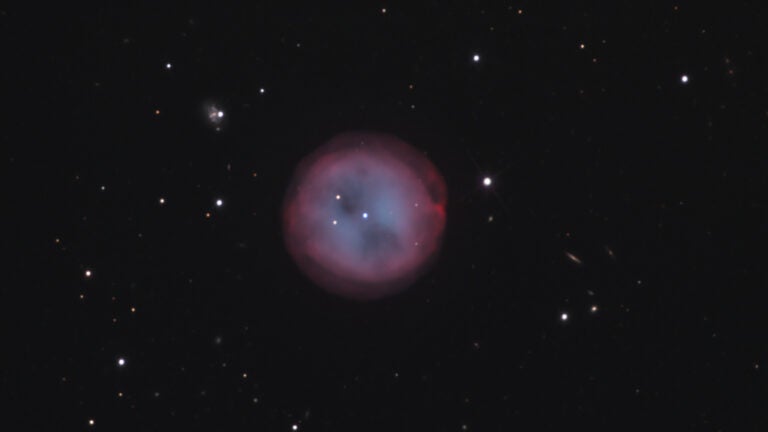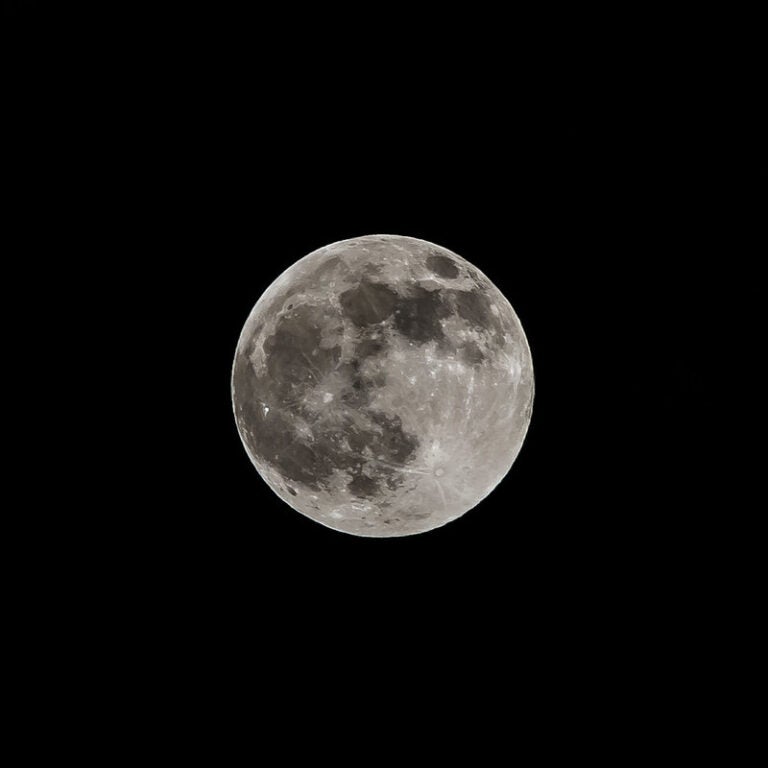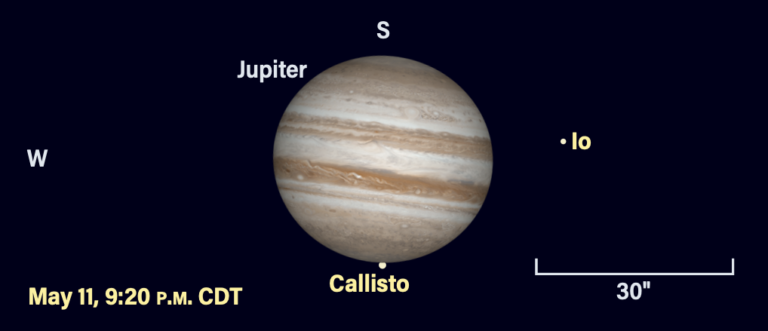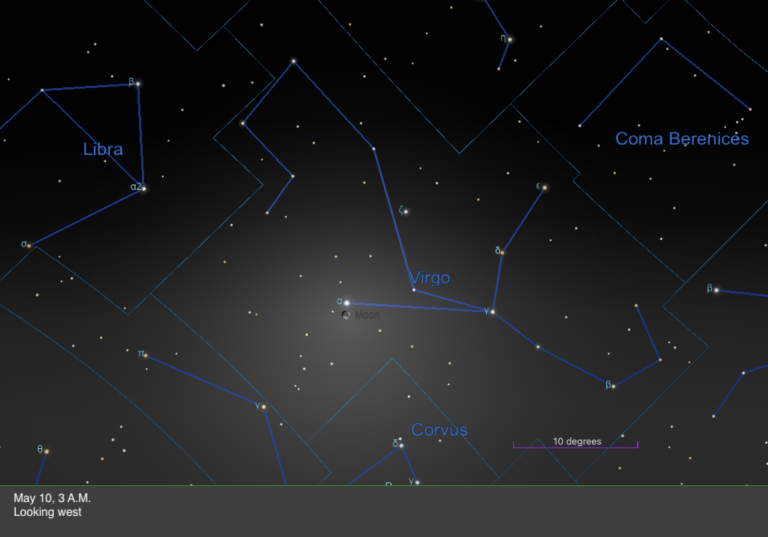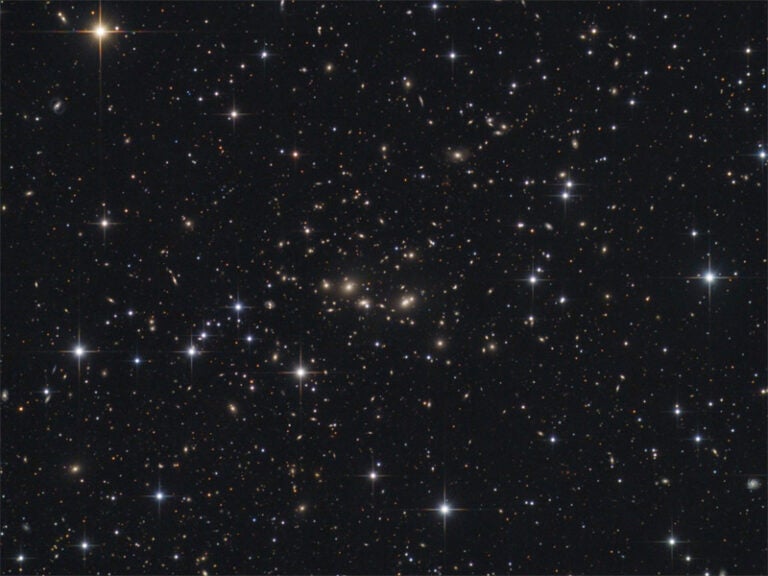New Moon occurs at 2:01 p.m. EDT Monday. At its New phase, the Moon crosses the sky with the Sun and so remains hidden in our star’s glare.
Although you can’t see the New Moon, its absence from the morning sky these next two weeks provides observers with an excellent opportunity to view the zodiacal light. The strange sight is caused by sunlight reflecting off cosmic dust that abounds in our solar system.
From the Northern Hemisphere, this time of year is the best for viewing the elusive glow before sunrise. It appears slightly fainter than the Milky Way, so you’ll need a clear moonless sky and an observing site located far from the city.
Look for a cone-shaped glow that points nearly straight up from the eastern horizon shortly before morning twilight begins (around 5 a.m. local daylight time at mid-northern latitudes).
The Moon remains out of the morning sky until September 23, when the waxing gibbous returns and overwhelms the much fainter zodiacal light.

